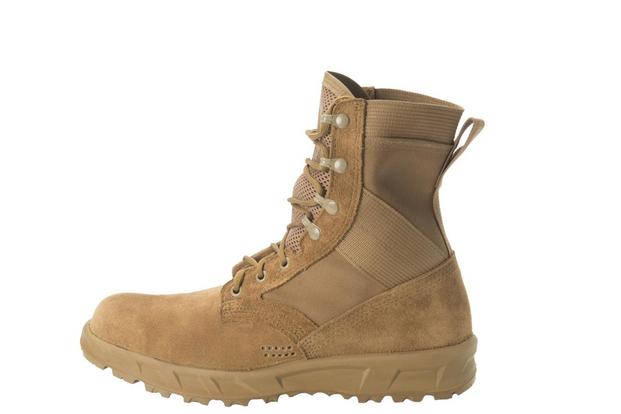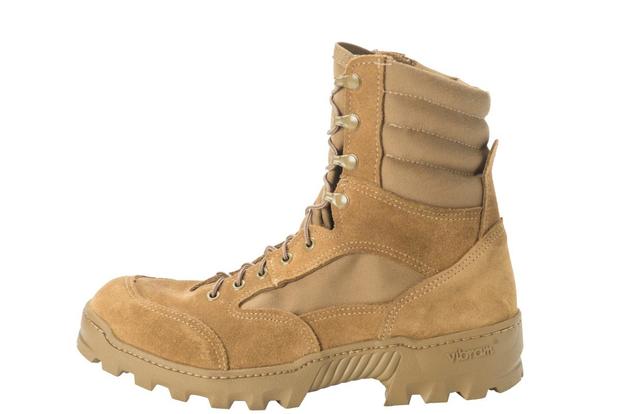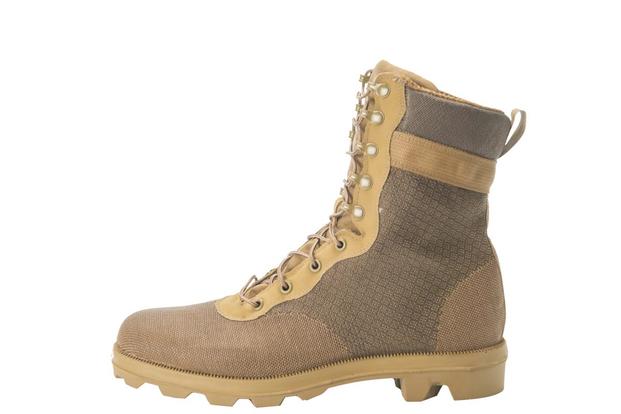U.S. Army footwear experts have begun field-testing a handful of new combat boot designs after thousands of soldiers responded to a survey that they would rather buy their own than wear service-issued boots.
The survey, conducted by the Army Research, Development and Engineering Command Soldier Center at Natick, Massachusetts, found that about 50 percent of the 14,000 soldiers surveyed prefer to buy commercial-made combat boots that are "lighter, more flexible, require less break-in time, and feel more like athletic shoes than traditional combat boots," Anita Perkins, RDECOM Soldier Center footwear research engineer and technical lead for the Army Combat Boot Improvement effort, said in a recent press release.
"Great strides have been made recently in the Army's environment-specific footwear, for jungle, mountain, or cold weather locations, but there is substantial room for improvement in the general-purpose boots which are issued to new recruits."
The Army awarded contracts to Altama, Belleville Boot Company and McRae Footwear to design prototype boots featuring new types of leather and other materials for more flexibility and reduced weight, David Accetta, a spokesman for Army Natick Soldier Research, Development & Engineering Center, told Military.com on Friday.
One of the manufacturers designed two prototypes, and the other two submitted one each, but information on which company designed which prototype was unavailable at press time.
This month, the Army is issuing the new combat boot prototypes to recruits in Basic Combat Training at Fort Leonard Wood, Missouri, and Fort Jackson, South Carolina. Soldiers stationed at Fort Bliss, Texas, will also participate in the test, Accetta said.
One hundred pairs of each type are going to both Fort Leonard Wood and Fort Jackson, and 200 pairs of each prototype will go to Fort Bliss, he said.
The soldiers will wear the boots throughout training. Army testers are scheduled to return to the three locations in March and April to collect soldier feedback.
The different prototypes will also be tested and evaluated in the Footwear Performance Lab at Natick using a number of high-technology tests for properties such as breathability, durability, break-in period, water resistance, shock attenuation, ankle stability and support, flexibility and traction, Accetta said.
The Soldier Center will then provide recommendations to Project Manager Soldier Protection and Individual Equipment for future development of the next generation of Army Combat Boots.
"It is not likely that one of these prototypes will become the next Army combat boot," Accetta said. "After the testing and evaluation by soldiers, we will collect feedback that will be used to create the next prototype using the best features from the different boots. It is entirely possible that materials and design features from one boot will be combined with materials and design features from another boot."
-- Matthew Cox can be reached at matthew.cox@military.com.














